Last Updated on January 25, 2024
Jammu and Kashmir have some of the most exquisite temples in North India, including the breathtaking temples in the Kashmir region. While exploring this northernmost region of India, one encounters many huge temples amidst breathtaking scenery and natural beauty. Be it the Kashmir region, Jammu, the population is predominantly Hindu, resulting in an abundance of temples surrounded by lakes, rivers, snow, and alpines.
Jammu, often called the “City of Temples” is particularly famous for its diverse temples, from Amarnath and Raghunath to Vaishno Devi. Due to their immense religious importance, these holy sites attract a large number of pilgrims throughout the year. Explore these temples during your trip to Jammu and Kashmir, which are seamlessly integrated into Kashmir tour packages.
Here is the List of 18 Temples in Kashmir
1. Mata Vaishno Devi

Located 62 km from Jammu, the Holy Mata Vaishno Devi Temple is situated on Trikuta Mountain at an altitude of 1615 meters. Globally revered as one of the most important pilgrimage sites of Hinduism, devotees come to worship throughout the year. Accessible by a challenging 14 km uphill trek from Katra, helicopter services now provide an alternative route from Banganga to Sanji Chhat. This temple has three rock-cut Pindis representing Goddesses Kali, Lakshmi, and Saraswati.
Location: Trikuta Mountains, Katra, Jammu and Kashmir, India
Altitude: About 5,200 feet above sea level
Best time to visit: All year round, but avoid extreme winter months.
2. Shri Amarnath Temple

Shri Amarnath Temple situated at the end of Lidder Valley is the divine abode of Lord Shiva. Located 46 km from Pahalgam and 14 km from Baltal (Sonmarg), this temple is situated at an altitude of 3,888 meters. This revered place is a major Hindu temple, with a naturally formed sacred ice lingam in its cave. Pilgrims undertake the Amarnath Yatra in the month of Sawan (August) organized by the Amarnath Shrine Board. The pilgrimage usually follows the Chandanbari route via Pahalgam, 96 km from Srinagar and 280 km from Jammu.
Location: Amarnath Cave, Himalayas, Anantnag district, Jammu and Kashmir, India
Altitude: About 12,756 feet above sea level
The best time to visit: is July to August during the annual Amarnath Yatra.
3. Shankaracharya Temple

Situated atop the Shankaracharya Hill in Srinagar, the ancient Shankaracharya Temple, built in 371 BC by King Gopaditya, whose original name was Gopadri, is situated at a height of 1100 feet above the city. Named in honor of Adi guru Shankaracharya, the eighth-century saint who revived Sanatan Dharma in Kashmir, the temple played an important role in popularizing the worship of Lord Shiva in the region. Maharaja Gulab Singh Stairs extend the access, allowing visitors to enjoy a 360-degree panorama of Srinagar. Beyond religious importance, the temple holds archaeological importance. Easily accessible by scheduled buses or city cabs, this temple boasts spiritual sanctity and architectural charm in the heart of Jammu and Kashmir.
Location: Zabarwan Range, Srinagar, Jammu and Kashmir, India
Altitude: About 1,000 feet above Srinagar city
Best time to visit: All year round, but summer months are better.
4. Mamaleshwar Temple

Mamaleshwar Temple, dedicated to Lord Shiva, is situated as a historical gem in the picturesque landscape of Pahalgam. Situated atop a mountain on the banks of the cool Kolahoi stream, this holy site has its roots in the erstwhile Raja dynasty. Reputed for its spiritual significance, the Mamaleshwar Temple attracts tourists throughout the year, making it a must-see place in Pahalgam. For a unique experience, take a pony ride to reach the temple. Considered both small and ancient, legends suggest that Lord Ganesha acted as the gatekeeper, giving rise to the temple’s name, which is derived from the word ‘ mammal’, which translates to ‘do not move’. The temple has deep spiritual significance and remains a popular tourist attraction, especially during the summer months and holiday season.
Location: Pahalgam, Jammu and Kashmir, India
Altitude: Varies with a specific location in Pahalgam
Best time to visit: Summer months, especially during Amarnath Yatra.
5. Kheer Bhawani Temple

Kheer Bhawani Temple, an iconic Hindu temple, is located in Tulmulla village near Srinagar. Situated above a holy spring known to change color, this temple is dedicated to Goddess Raganya Devi, who is an incarnation of Goddess Durga. Its name is derived from the famous Indian sweet dish “Kheer”, which is served as the main offering. Maharaja Pratap Singh built the temple in 1912, later Maharaja Hari Singh renovated it. The temple has a hexagonal spring and a marble shrine housing the idol of the goddess. Legend has it that Lord Rama worshiped the goddess during his exile, and the location of the temple changed based on the divine intervention of him and Lord Hanuman. The present site was selected after the goddess appeared in the dream of a local pandit named Rugnath Gabru.
Location: located in Tulmulla village, Ganderbal district of Jammu and Kashmir, India.
Altitude: Altitude of Approximately 1,600 Meters (5,249 Feet) Above Sea Level.
Best time to visit: March to May or September to November
6. Hazratbal Shrine

Hazratbal Shrine is a Muslim pilgrimage site located in Hazratbal, Srinagar, Jammu and Kashmir. It houses an iconic relic known as the Moi-e-Muqqadas, which many Muslims in Kashmir believe to be the hair of the Islamic prophet Muhammad. The name of the Dargah is derived from the Urdu word “Hazrat”, meaning “respected” and the Kashmiri word “Bal”, meaning “place”. Thus, it symbolizes high respect and a respected position among the people. This Dargah is located on the left bank of Dal Lake in Srinagar and is considered the holiest Muslim pilgrimage site in Kashmir. According to legend, this relic was brought to Kashmir by Syed Abdullah, a supposed descendant of Muhammad, who left Medina in 1635 and settled in Bijapur, near Hyderabad. After the death of Syed Abdullah, his son Syed Hamid inherited the relic.
Location: Located on the banks of the Dal Lake in Srinagar, Jammu and Kashmir, India.
Altitude: Altitude Of Approximately 1,600 Meters (5,249 Feet) Above Sea Level.
Best time to visit: The shrine can be visited throughout the year.
7. Baba Reshi

Baba Reshi Ki Ziyarat is a famous pilgrimage center in Baramulla, located near Alpather Lake, just 13 km from Gulmarg. The temple is dedicated to Baba Payam-Din, the famous Muslim saint and court saint of King Zain-ul-Abidin of Kashmir. Baba Payam-Din spent his days in prayer and meditation, and this temple is the site of his demise in 1480. The main attraction is the tomb of Baba Payam-Din, which is decorated with cloth with unique craftsmanship. The temple is widely recognized for the boons bestowed upon its devotees, who upon receiving the blessings, express their gratitude by revisiting the temple and making offerings in honor of the revered saint.
Location: Baramulla, near Alpather Lake, Jammu and Kashmir, India
Altitude: Around 2,457 meters (8,061 feet) above sea level
Best time to visit: All year round.
8. Martand Sun Temple

Located at Ranbirpora Kehribal, 9 km from Islamabad (Anantnag), the majestic Martand Sun Temple stands as an important archaeological site in India. Dedicated to the Sun God, it rivals the Konark Sun Temple of Odisha. Built by King Lalitaditya between the 7th and 8th centuries, this temple exhibits rare artistry and architectural skill with patterns reminiscent of Greek architecture. Although attacked and damaged by Alexander Butshikan, the ruins still reflect the grandeur of this remarkable structure.
Location: Anantnag, Jammu and Kashmir, India
Altitude: About 5,000 feet above sea level
Best time to visit: All year round.
9. Charar-e-Sharif

Charar-e-Sharif is a picturesque town in Budgam district. Here the tomb of Sheikh Noor-ud-din Noorani is famous by the name of Alamdar-e-Kashmir. Located 28 km southwest of Srinagar, this land belonged to Sangram Dar, a follower of Alamdar-e-Kashmir, who built a mosque at the site. It was here that Sheikh Noor-ud-din Noorani offered Friday prayers. Legend has it that after the demise of Alamdar-e-Kashmir, his coffin flew up and landed at the exact spot of the Dargah. Charar-e-Sharif is considered one of the holiest Muslim pilgrimage sites in India, with a history dating back nearly 600 years.
Location: Budgam District, Jammu and Kashmir, India
Height: 1,500 to 2,500 meters (4,900 to 8,200 feet) above sea level
Best Time to Visit: The ideal time to visit Charar-e-Sharif is during the spring and summer months from April to June.
10. Maharani Temple

The Maharani Temple at Gulmarg, which was a royal temple of the Dogra dynasty in the former princely state of Jammu and Kashmir, is dedicated to Lord Shiva atop a small hill in the middle of Gulmarg town. Built-in 1915 by Mohini Bai Sisodia, wife of Maharaja Hari Singh, this temple is also known as Maharani Temple or Mohineshwar Shivalaya. An interesting feature is its visibility from every corner of the city. The Maharani Temple, where Queen Mohini Bai worshiped Lord Shiva during her stay in the royal palace of Raja Hari Singh, is open daily from 6 am to 9 pm, with aarti performed twice a day.
Location: Gulmarg, Jammu and Kashmir, India
Altitude: Height information not specified
Best time to visit: All year round.
11. Gurudwara Chhevin Patshahi

Gurudwara Chhevin Patshahi in Srinagar is situated on the banks of the Jhelum River and Dal Lake, where both Guru Nanak Dev and Guru Hargobind visited. Some accounts also suggest a visit to Guru Har Rai, but the historic Sikh temple is dedicated solely to Guru Hargobind, known as Chhevin Patshahi or the sixth Guru. Located outside the Kathi Gate of Hari Parbat Fort, it is located at the place where Mai Bhagbhari’s house once stood. Mai Bhagbhari, who had been yearning for a glimpse of the Guru for a long time, had her wish fulfilled when Guru Hargobind appeared and dressed her in the now-famous gown.
Location: Located in the Rainawari area of Srinagar, Jammu and Kashmir, India.
Altitude: altitude of approximately 1,585 meters (5,200 feet) above sea level.
Best time to visit: Summer months from April to October
12. Aap Shambhu Temple

Aap Shambhu Temple in Sathrian (Rupnagar), Jammu is a unique sanctuary where Lord Shiva is believed to reside in the form of Shiva Linga. Over the past six years, significant changes have transformed the temple, which presents an attractive structure with excellent architecture. Emerging as a prominent landmark in the geography of Jammu, Aap Shambhu Temple attracts attention not only for its architectural charm but also for the elaborate preparations during the festivals. Vibrant decorations including multicolor flags, flowers, and pandals create an enchanting atmosphere. Thousands of devotees wait patiently for hours to catch a glimpse of the Shiva Linga, and the temple management ensures arrangements for water and rasad. On Maha Shivratri, a beautiful view can be seen in the Shiva temple.
Location: Sathrian (Rupnagar), Jammu and Kashmir, India.
Best time to visit: March to May
13. Avantiswami Temple

The ruins of the Avantiswami Temple, a historic Hindu temple, still exist in Avantipora or Avantipur, located in the union territory of Jammu and Kashmir in northern India. Built by King Avantivarman in 855 AD, the temple, initially named Vishwasara, was part of the ancient city, which was also a capital founded by the king. Avantivarman, the founder of the 9th-century Utpala dynasty, built many magnificent Hindu temples in the region during his reign. Sadly, only a few of these structures survive today, as others fell victim to vandalism by Islamic invaders. During the era of King Avantivarman, the region experienced prosperity, leading to the impressive stone temple architecture of Kashmir of that period, which is distinct from other ancient temples in India.
Location: Awantipora, Pahalgam, Jammu and Kashmir, India
Altitude: Approximately 1,600 meters (5,250 feet) above sea level
Best time to visit: All year round.
14. Gauri Shankar Temple

Gauri Shankar Temple is the oldest Hindu temple in the Kishtwar region of Jammu and Kashmir. Located in the heart of Kishtwar city, this temple holds a central place in the history of the region and is also known as the Sarkoot Temple. The ancient architectural brilliance of the temple makes it pleasing to look at, with various statues of gods and goddesses adorning its premises. These include Shiva Parvati, Shri Raghunath ji, Mother Sita, Shri Lakshman ji, Shri Hanuman ji, Mother Durga, Shri Ganesh and Shri Dharmaraj. Additionally, the temple has Shiva Lingas of varying stature, which are believed to have been built during different periods.
Location: Gauri Shankar Temple is located in Srinagar, Jammu and Kashmir, India.
Altitude: Altitude Of Approximately 1,585 Meters (5,200 Feet) Above Sea Level.
Best time to visit: Summer months from April to October
15. Wangath Temple

The ruins of the Wangath temple, located near Naranag high above the Sindh valley, were built by the famous king Lalitaditya Muktapida of the Karkota dynasty in Kashmir. Built around the 8th century, these temple complexes hold historical importance. According to Kalhana’s Rajatarangini, the city of Srinagar was founded by Ashoka in the 3rd century BCE, his son Jaluka (220 BCE) built Shiva temples – Bhutesvara, Jyeshtha Rudra, and Mathas – in the Wangath valley around the sacred spring of Naranag. Was. , King Jaluka built stone temples including the Naranag spring site around 137 BCE. Later rulers such as King Jayendra and Lalitaditya Muktapida contributed to the temple, which reflects the rich cultural and religious history of the region.
Location: Naranag, Jammu and Kashmir, India
Altitude: Height information not specified
Best time to visit: All year round.
16. Jwala ji Temple

Dedicated to the fire goddess Jwala Ji, this temple holds special significance for many Kashmiri Pandits, who consider Jwala Ji as their favorite goddess. The community organizes a fair at the temple during the 14th Shukla Paksha of Ashadha (June–July). Traditional offerings such as yellow rice or tahar, a Kashmiri custom, along with shooshnor (lamb lung), are presented to the deity. According to Twarikhe-Hassan, flames have occasionally been seen rising in the temple over time, a phenomenon witnessed and confirmed by Khrew village elders in the early sixties.
Situated on a small hill overlooking Khrew village within the Zabarwan mountain range, this temple boasts of the finest Kashmiri wooden architecture, with the black stone image of Jwala Ji inside. Khrew, located about 20 kilometers from Srinagar, has seen rapid development due to the presence of various cement industries, although the road from Athwajan to Khrew and Vastarwan remains in poor condition. Our journey, which required the replacement of the car’s shock absorbers, ended on our return from Pamore, where road conditions were comparatively better.
Location: located in Khrew, Pulwama district of Jammu and Kashmir, India.
Altitude: Altitude Of Approximately 1,850 Meters (6,070 Feet) Above Sea Level.
Best time to visit: The temple can be visited throughout the Year.
17. Sharika Chakreshwar Temple

Sharika Chakreshwar Temple is situated on Hari Parbat, a hill in Srinagar city. Hari Parbat, also known as Kuh-e-Sulaimani, stands on a hill overlooking Srinagar, the largest city and summer capital of Jammu and Kashmir, which is studded with numerous temples. The chief among them is dedicated to Goddess Sharika, who is considered the presiding deity of Kashmir. This temple is revered as ‘Siddha Peeth, Shakti Peeth’. The festival of Navratri is celebrated every year at this holy place. The Cosmic Mother worshiped here symbolizes solar energy, which includes seven components: the seven worlds, the seven colors of light, and the seven sages of Veda Vidya. This energy is known as “solar energy”, making this temple an important spiritual destination.
Location: Chakreshwar Temple is located in Srinagar, Jammu and Kashmir, India.
Altitude: Altitude Of Approximately 1,585 Meters (5,200 Feet) Above Sea Level.
Best time to visit: Summer Month
18. Zeashta Devi Temple

Zeashta Devi Temple, also known as Zeathyar, is a Hindu temple located within the majestic surroundings of the Shankaracharya Mountains and Zabarwan Hills in Srinagar, Jammu and Kashmir, offering panoramic views of the famous Dal Lake. During the summer season, thousands of devotees visit this holy site in Kashmir, which is dedicated to Goddess Jyestha, who is believed to protect people from natural calamities. According to legend, King Gopaditya initially built this temple in the 6th century, and later, in the 8th century, King Lalitaditya renovated it.
Alternative origin stories also link the temple to Ashoka or the Pandavas of the Mahabharata. One can feel peace and divine blessings by praying and spending time in this ancient temple. This temple, with a history dating back about 3000 years, holds significant importance as a symbol of Hindu culture in the Kashmir Valley. In May and June, especially during the Jyeshtha Ashtami festival, activity at the temple increases, including the annual ‘Maha Yagya’ dedicated to praying for peace in Kashmir.
Location: Zeashta Devi Temple is located in Srinagar, Jammu and Kashmir, India.
Altitude: Altitude Of Approximately 1,585 Meters (5,200 Feet) Above Sea Level.
Best time to visit: The temple can be visited throughout the year
Travel Tips for Visit In Kashmir Temples
Dress Modestly: When visiting temples in Kashmir, it is important to dress modestly out of respect for religious and cultural norms. It is advisable to wear clothes that cover your shoulders, chest, and knees. Avoid wearing ostentatious or inappropriate attire.
Follow Temple Etiquette: Follow the rules and guidelines set by the temple authorities. This may include removing your shoes before entering the temple premises, not touching religious artifacts without permission, and maintaining silence and reverence inside the temple.
Be Mindful Of Cultural Sensitivity: Kashmiri temples are sacred places of worship for the local community. Respect local customs and traditions by refraining from any behavior that could be considered disrespectful or offensive. If you are unsure about any specific custom, seek guidance from local people or temple officials.
Plan Your Visit On Weekdays: Kashmir’s temples can be crowded, especially during weekends and religious festivals. For a more peaceful and less crowded experience, consider visiting temples on weekdays. This will allow you to explore and appreciate the spiritual atmosphere in a more tranquil environment.
Check Opening Hours And Seasonal Variations: Before visiting any temple in Kashmir, it is advisable to check opening hours and any seasonal variations in timings. Some temples may have specific darshan hours or may be closed during certain months due to weather conditions or religious events. Stay informed to avoid disappointment.
Frequently Asked Questions:
Q.1 Are there any restrictions on photography inside temples?
Ans. Rules regarding photography inside temples may vary. Some temples allow photography, while others prohibit it. It is recommended to inquire with temple authorities or observe any signs regarding photography before taking any photographs.
Q.2 Can non-Hindus visit temples in Kashmir?
Ans. Yes, non-Hindus are generally allowed to visit temples in Kashmir. However, it is important to respect the religious importance of temples and follow the rules and guidelines set by the temple authorities.
Q.3 Is there any entry fee to visit temples?
Ans. Most temples in Kashmir do not charge entry fees. However, there may be some temples or specific areas within temples that require a nominal fee for maintenance or special privileges. It is advisable to check with the temple authorities regarding any applicable charges.
Q.4 Is there any specific dress code for entering temples?
Ans. Although a strict dress code may not be enforced in all temples, it is recommended to dress modestly in respect of religious and cultural norms. It is generally appreciated to wear clothing that covers your shoulders, chest, and knees.
Q.5 Are there any special rituals or customs that should be followed while visiting temples?
Ans. Each temple may have its rituals and customs. It is advisable to observe and follow the practices followed by local devotees, such as offering prayers, lighting incense sticks or lamps, and maintaining silence and reverence inside the temple. If you are unsure about any specific ritual, seek guidance from local people or temple authorities.
Suggested Tour:
Amarnath Yatra Packages
Amarnath Yatra by Helicopter
Gulmarg Tour Packages
Vaishno Devi Tour Packages
Ladakh Tour Packages
Kashmir Honeymoon Packages
Houseboat in Srinagar
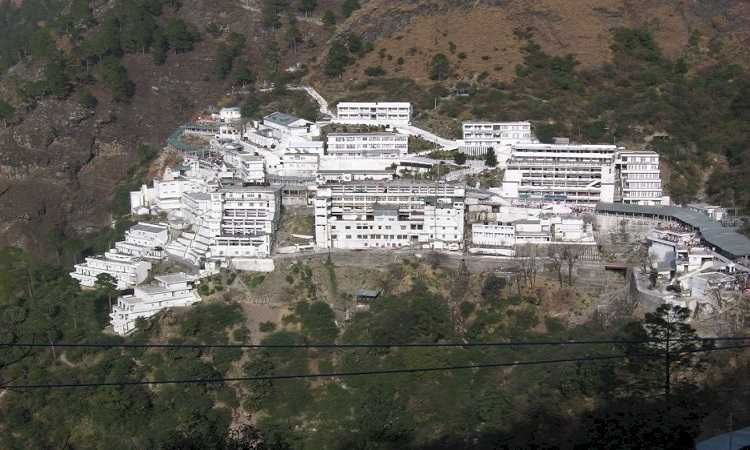
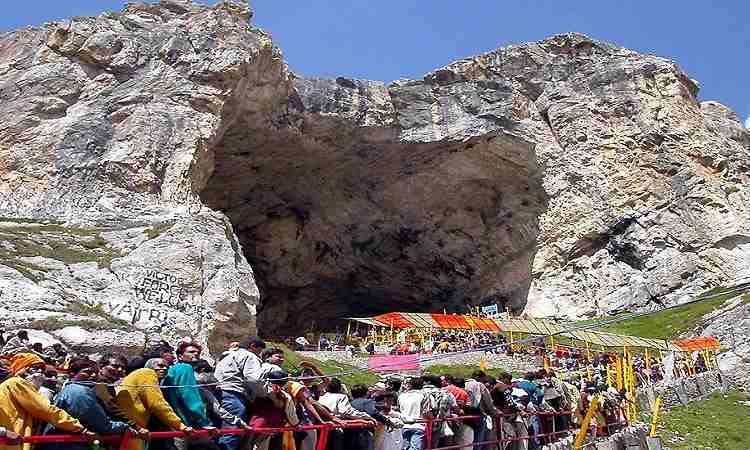
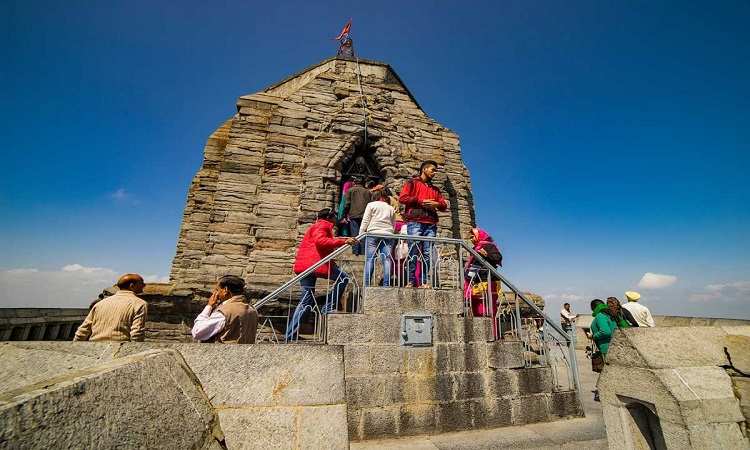
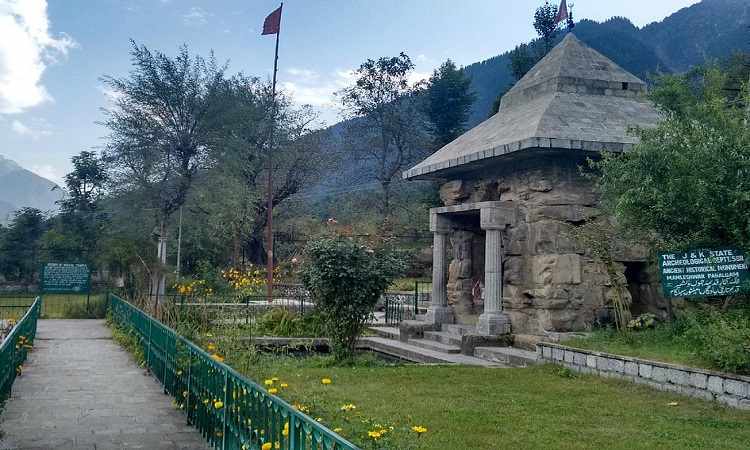
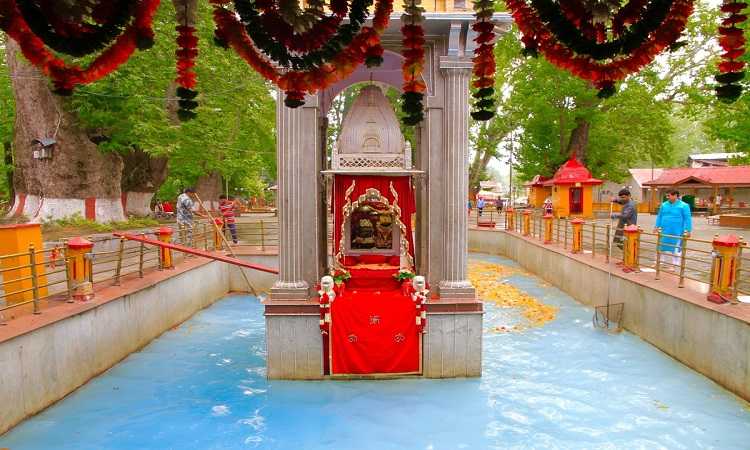
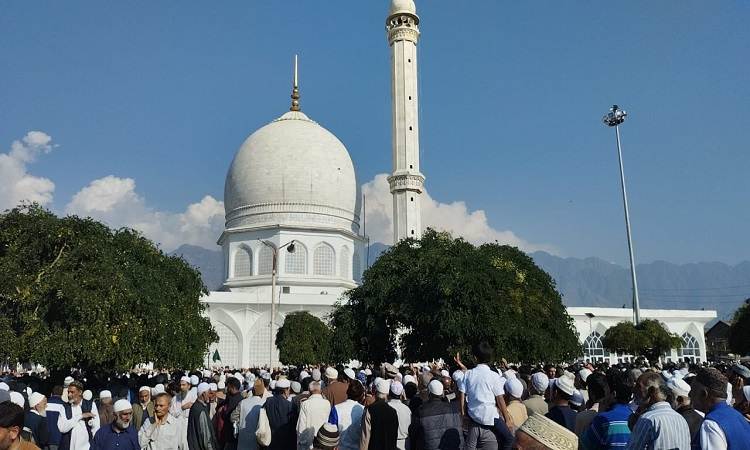
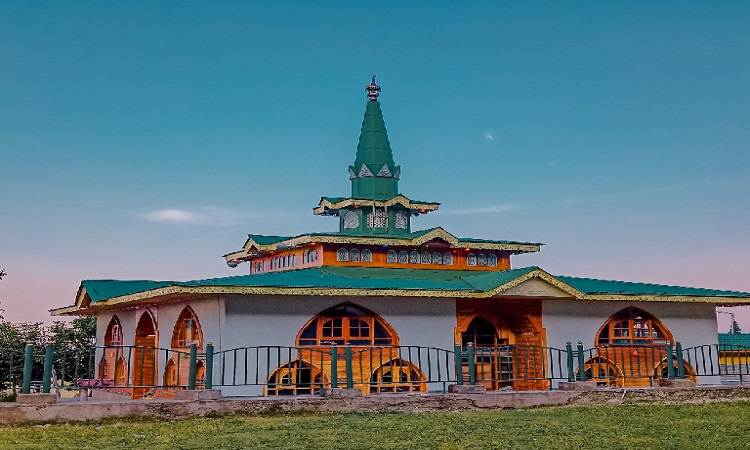
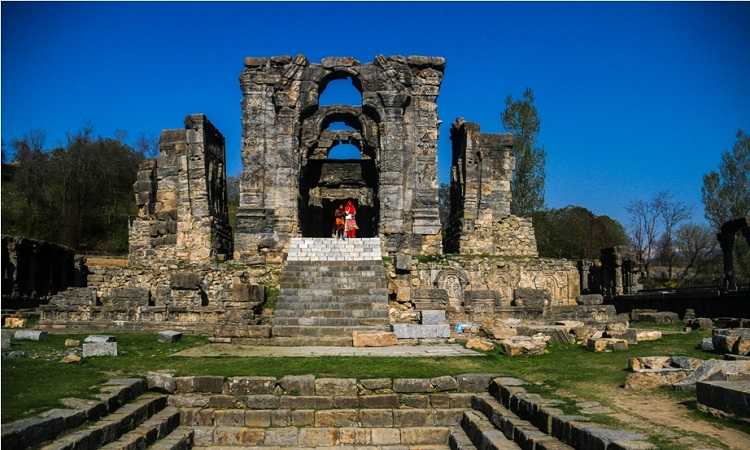
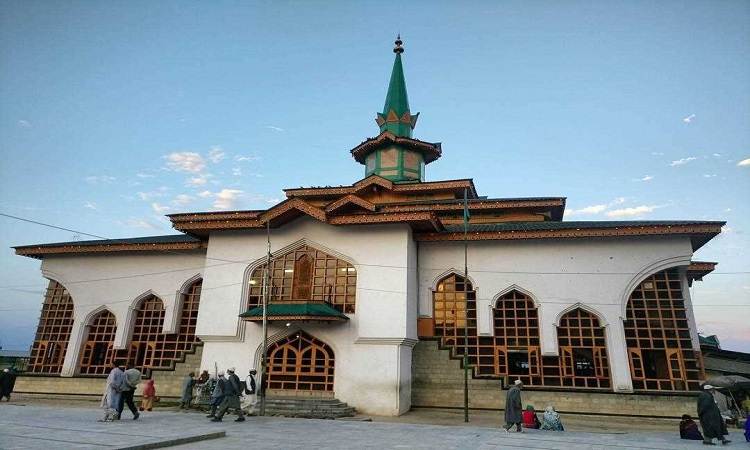
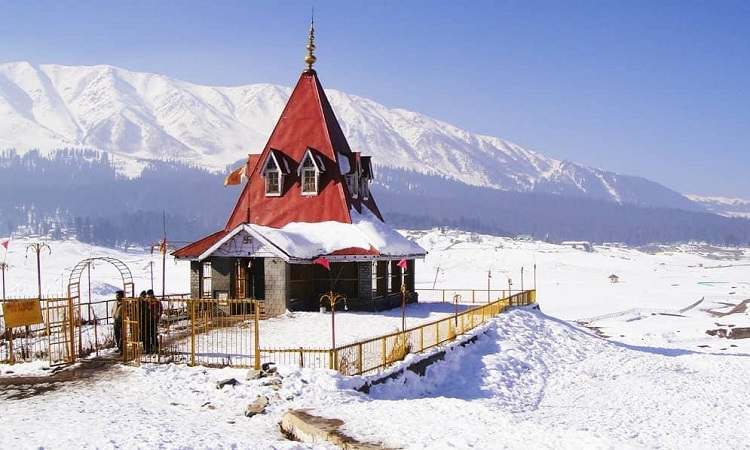
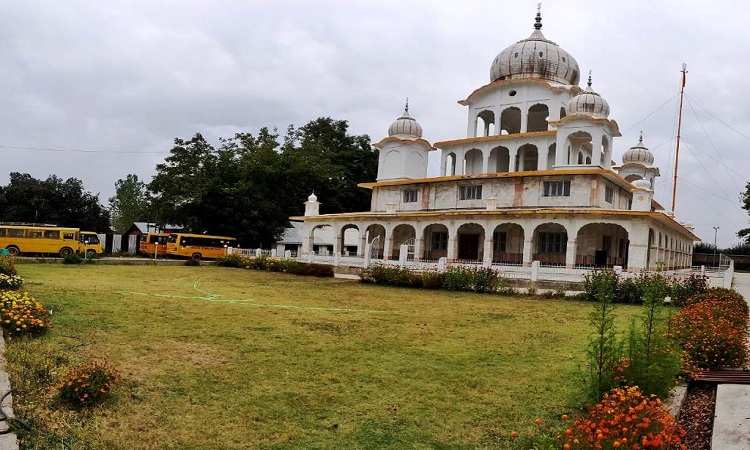
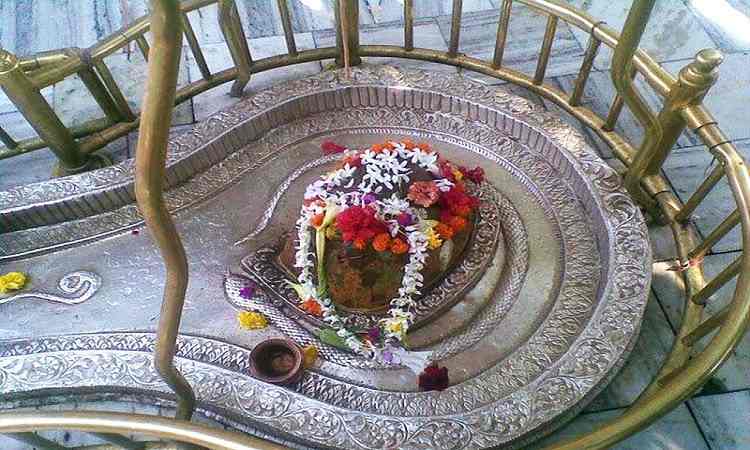
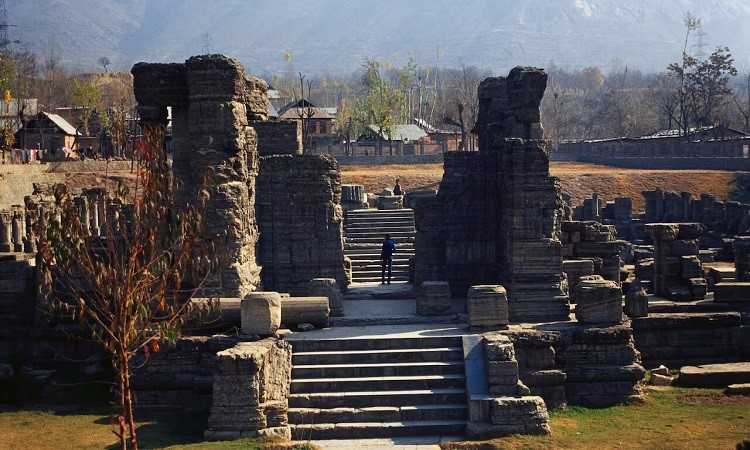
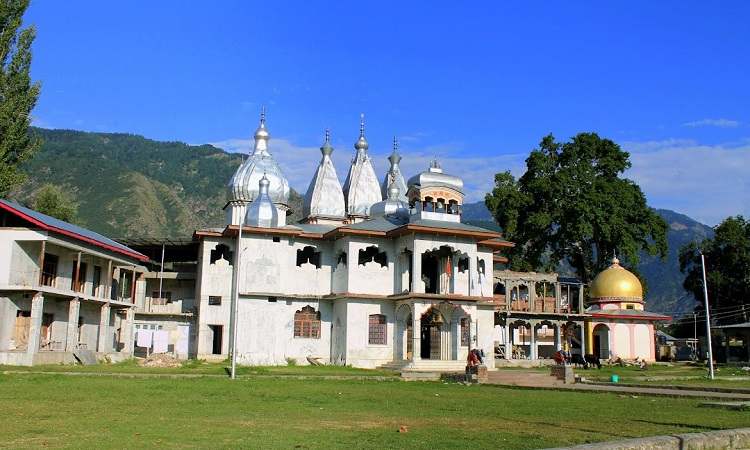
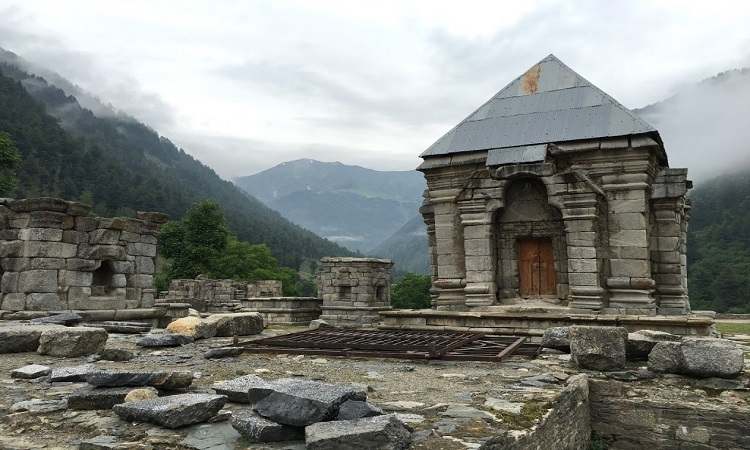
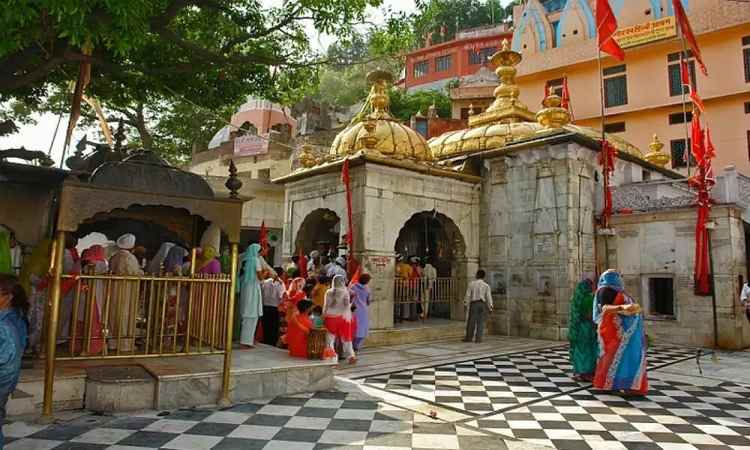
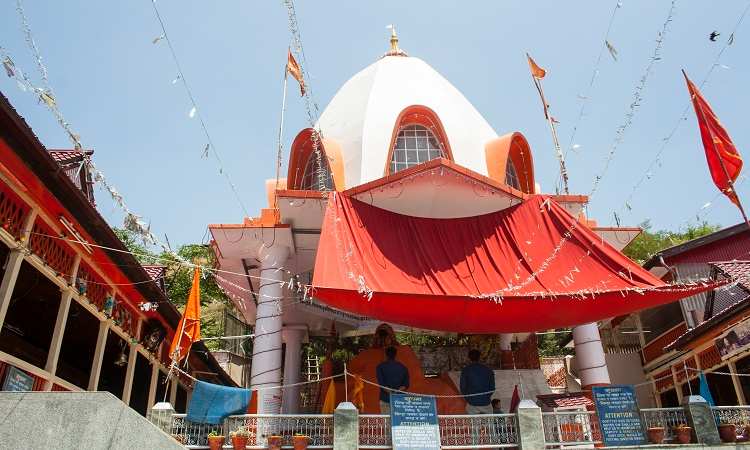
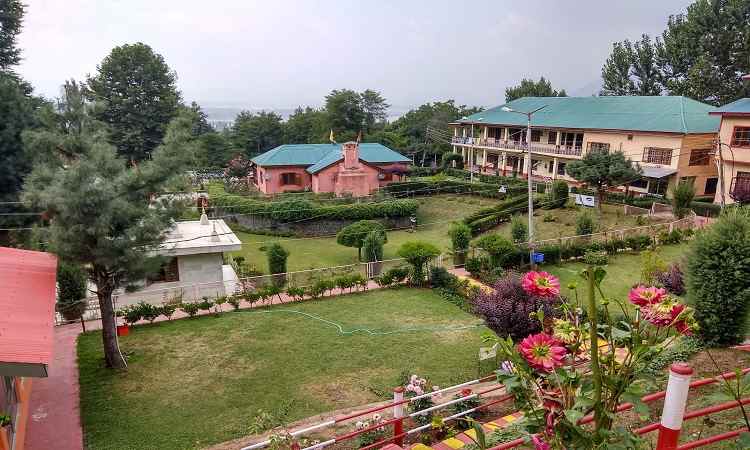
 Call
Call WhatsApp
WhatsApp Enquiry
Enquiry